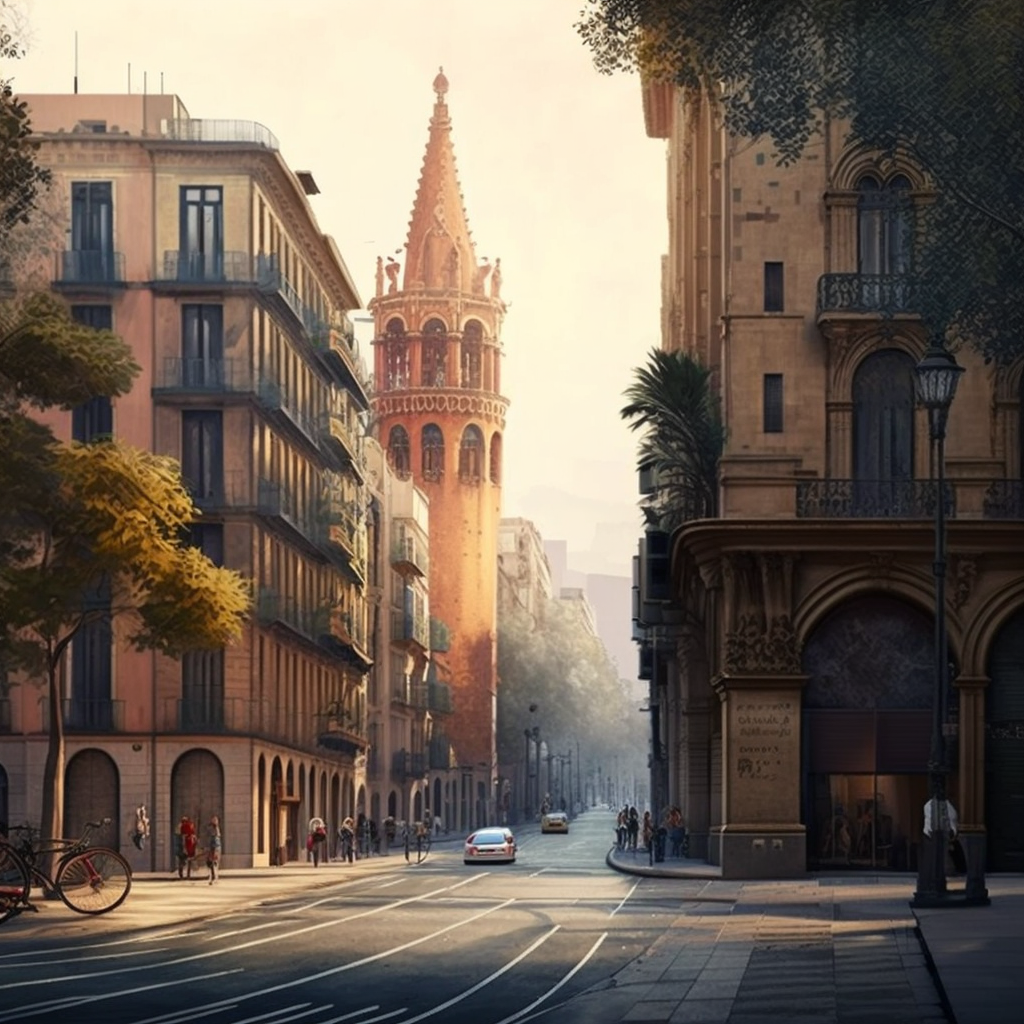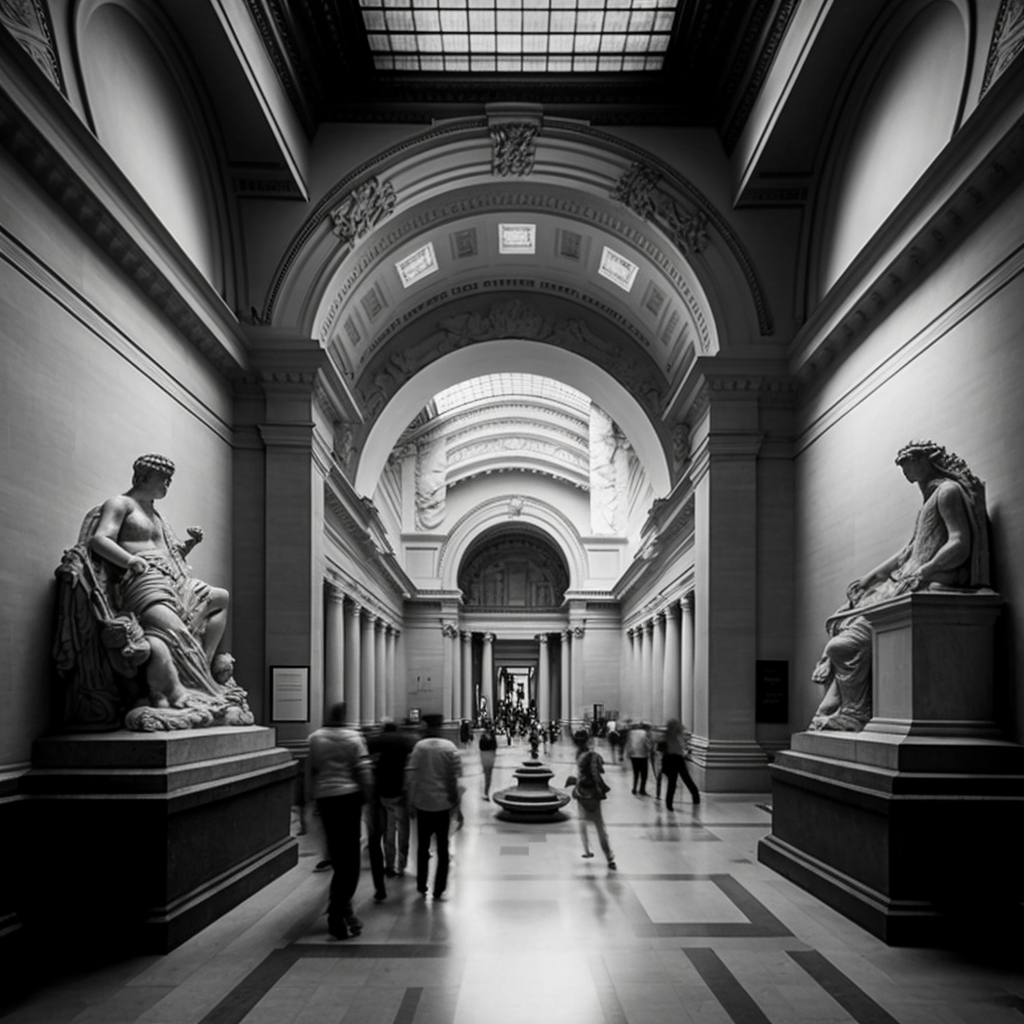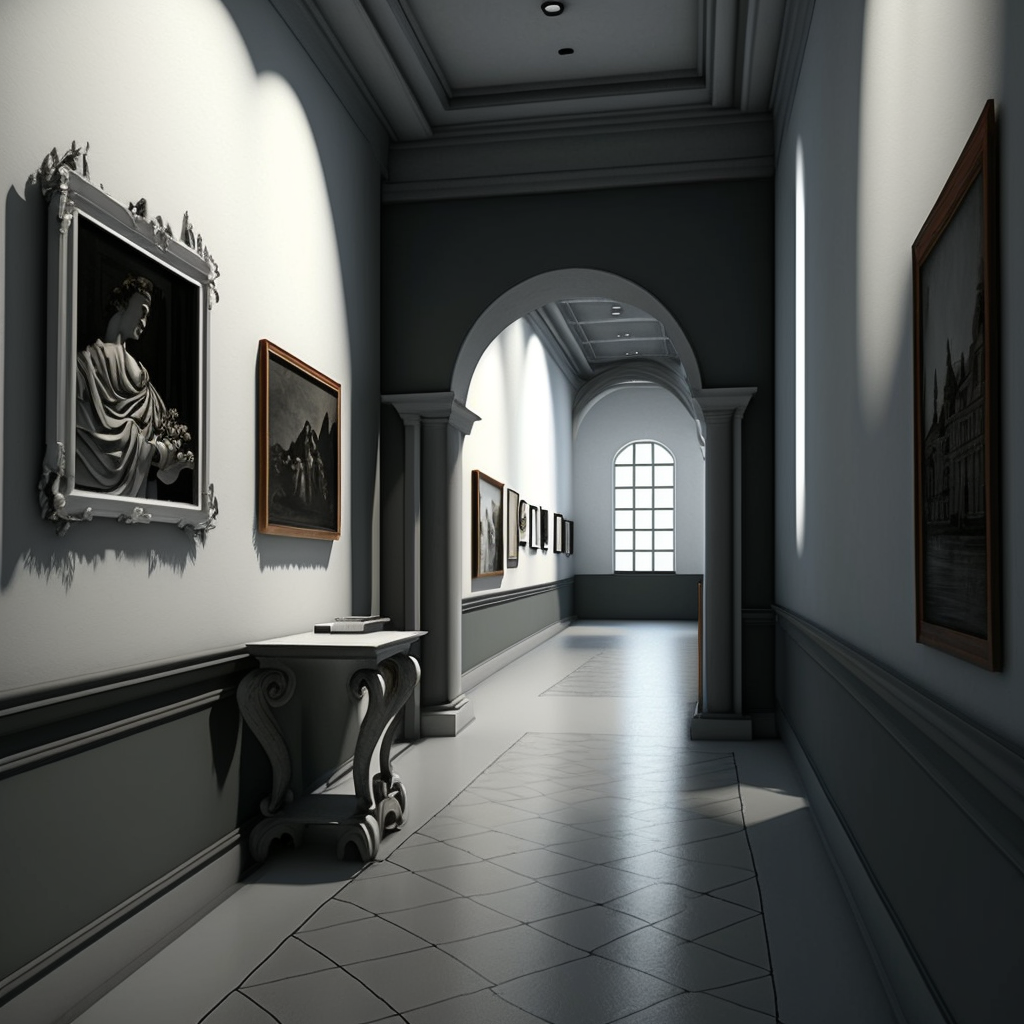Welcome to Barcelona, a vibrant, captivating city that offers something for everyone. From the stunning architecture of Antoni Gaudí to the lively tapas bars of Raval, Barcelona is a city that will leave you enchanted. Whether you’re looking for a relaxing beach holiday, a cultural exploration, or a night out on the town, Barcelona has it all. With its rich history, delicious cuisine, and vibrant culture, Barcelona is a destination that beckons to be explored. This guide will provide you with tips and advice to make the most of your stay in Barcelona, from uncovering hidden gems to navigating the city’s vibrant nightlife. With its stunning sights, delicious culinary offerings, and unforgettable experiences, Barcelona is a city that will captivate you from the moment you arrive.
Must-See Attractions
Welcome to Barcelona! From its vibrant culture to its stunning architecture, Barcelona offers a wealth of experiences for all kinds of travelers. This guide will provide an overview of some of the city’s must-see attractions and how to enjoy them.
- La Sagrada Familia. Described as one of the most iconic landmarks of Barcelona, La Sagrada Familia is an awe-inspiring work of architecture. Built over a span of 130 years and still unfinished, Antoni Gaudí designed this Roman Catholic church with an elaborate façade that features spires, towers, and intricate details. Inside, visitors can explore the crypt of the architect, as well as the museum and the nativity and passion façades.
- Park Güell. Another popular destination in Barcelona is Park Güell, a large public park built by Antoni Gaudí in the early 1900s. It features a unique landscape of terraces, gardens, walkways, and sculptures. The park also offers stunning views of the city and its surroundings.
- La Rambla. La Rambla is a vibrant pedestrian street lined with shops, cafes, and restaurants. It’s a popular spot for tourists and locals alike, and is a great place to soak up the atmosphere of Barcelona.
- La Boqueria. La Boqueria is one of the largest and oldest markets in Barcelona. It’s home to hundreds of stalls and vendors selling all kinds of food products, from fresh produce to seafood and cured meats. It’s a great place to explore and sample the local cuisine.
Exploring the City
From the spectacular Sagrada Familia to the bustling La Boqueria market, there is something for everyone in this enchanting city. Whether you’re a history buff, foodie, or passionate shopper, Barcelona has something to offer. Here is a guide to uncovering the delights of Barcelona, from its amazing museums to its lively festivals.
- Museums. Barcelona is home to a variety of world-class museums, from the Museu d’Història de Barcelona to the world-renowned Museu Picasso. Visitors can explore the world-renowned works of art at the Museu Nacional d’Art de Catalunya, or take a journey through time at the Museu d’Història de Barcelona. The most visited museum in Barcelona is the Museu Nacional d’Art de Catalunya (MNAC), which is located in the iconic Palau Nacional on Montjuïc. The MNAC is home to a vast collection of Romanesque and Gothic art, as well as a number of modern artworks. It is the most visited museum in Barcelona, with over two million visitors each year.
- Tapas Bars. Barcelona is known for its lively tapas bars and restaurants. From traditional Catalan cuisine to modern interpretations of classic dishes, visitors can find something to satisfy their taste buds. Whether you’re looking for a light snack or a full-blown meal, the city’s tapas bars can provide a delicious and unique experience. Sample some of Barcelona’s best paella or enjoy a glass of Spanish wine while you soak up the atmosphere of a classic tapas bar.
- Markets. The city of Barcelona is home to many bustling markets, from La Boqueria market to the Mercat de Santa Caterina. From fresh produce to local artisan crafts, there’s something for everyone in these vibrant markets. Explore the fresh seafood and colorful fruits at La Boqueria, or browse the handmade crafts and jewelry at the Mercat de Santa Caterina. No visit to Barcelona is complete without experiencing its lively markets.
- Local Festivals. Barcelona is known for its vibrant festivals and celebrations. From the spectacular La Mercè festival to the colorful Correfoc, visitors can experience the city’s vibrant culture and traditions. Enjoy the lively music and vibrant costumes at La Festa Major de Gracia, or join in the fun at the annual Sónar music festival. No matter what time of year you visit, there’s sure to be a unique and exciting festival to enjoy in Barcelona. For other warm holiday destinations, such as the Maldives, check here.
Barcelona is a city full of culture, beauty, and passion. From its stunning architecture to its vibrant nightlife, there is something for everyone in Barcelona. Whether you’re looking for a relaxing vacation or an action packed getaway, Barcelona is sure to leave you with a lifetime of memories that you’ll never forget. So why not come and explore the delights of Barcelona for yourself?
Built over a span of 130 years and still unfinished, Antoni Gaudí designed this Roman Catholic church with an elaborate façade that features spires, towers, and intricate details. Inside, visitors can explore the crypt of the architect, as well as the museum and the nativity and passion façades.
The most visited museum in Barcelona is the Museu Nacional d’Art de Catalunya (MNAC), which is located in the iconic Palau Nacional on Montjuïc. The MNAC is home to a vast collection of Romanesque and Gothic art, as well as a number of modern artworks. It is the most visited museum in Barcelona, with over two million visitors each year.







